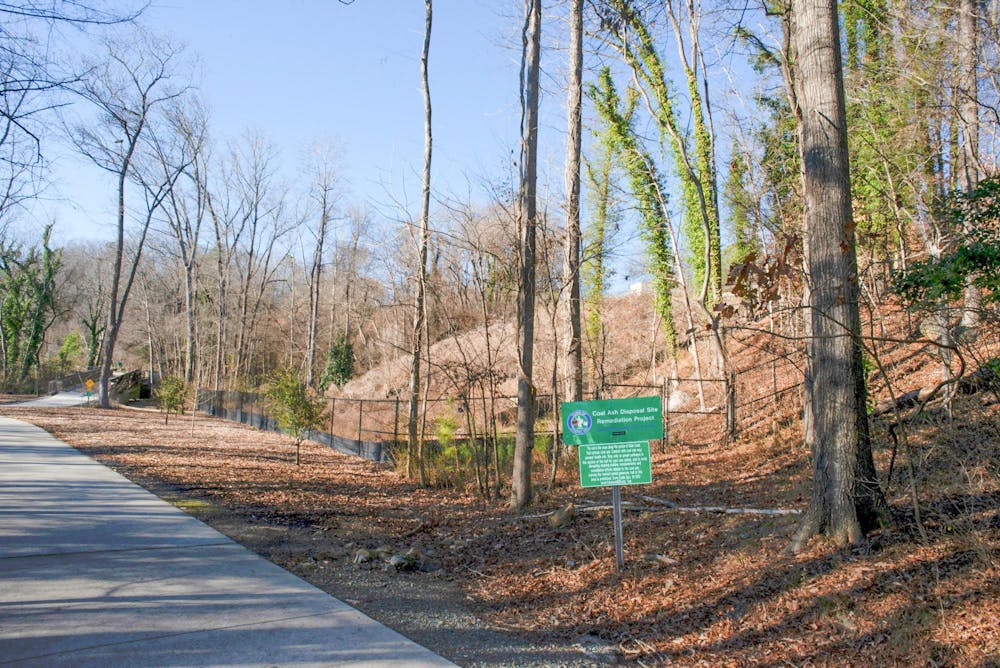A coal ash site near Chapel Hill Police Department may become a federal cleanup project, pending results of a preliminary evaluation by the Environmental Protection Agency.
Potential development at 828 Martin Luther King Jr. Blvd. has stalled after the EPA decided on Jan. 17 to analyze the public health risk of coal ash on the site, Chapel Hill Town Manager Chris Blue said. Coal ash was first discovered at the location in 2013. After the Center for Biological Diversity petitioned to determine whether the site is subject to cleanup in October, the EPA decided that the location will undergo preliminary assessment — a quick, low-cost compilation of a target site’s current and historical data.
Should the area meet certain guidelines as a result of the assessment, the EPA could oversee and provide federal money for remediation of the site.
“The current state of thinking about that property is we need to resolve all these questions about the condition of the property and the safety of the property for whatever future use could be contemplated,” Blue said.
Blue also wanted to be clear that the Town is not considering housing at the site.
The Town is also reviewing a draft risk assessment the EPA published last October, which determined coal ash may have higher risks of cancer than previously thought. The report cited recreation as a possible path for exposure.
Exposed ash currently sits on a hillside between the Chapel Hill Police Department and the Bolin Creek Trail. A sign warns residents to stay on the trail and a fence blocks the contaminated areas a few feet from the greenway.
In the October report, the EPA found one extra person per 10,000 people will develop cancer when coal ash makes up 8 to 17 percent of the soil in a location. These numbers are high enough to trigger EPA regulations.
While the risk assessment focused on the effects of coal ash at power plants,John Richardson, community sustainability manager, said he believes the EPA wants to be clear there is new information about the potential risks of coal ash, regardless of where it is.




